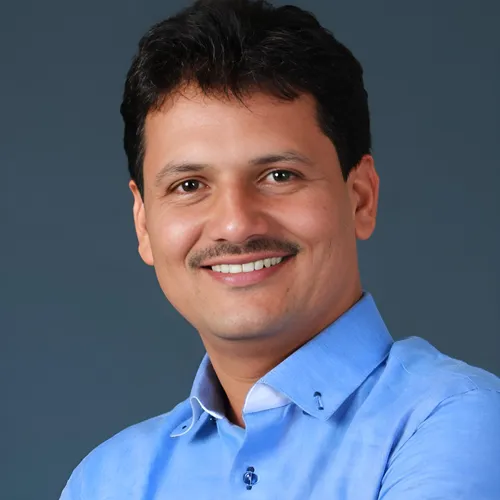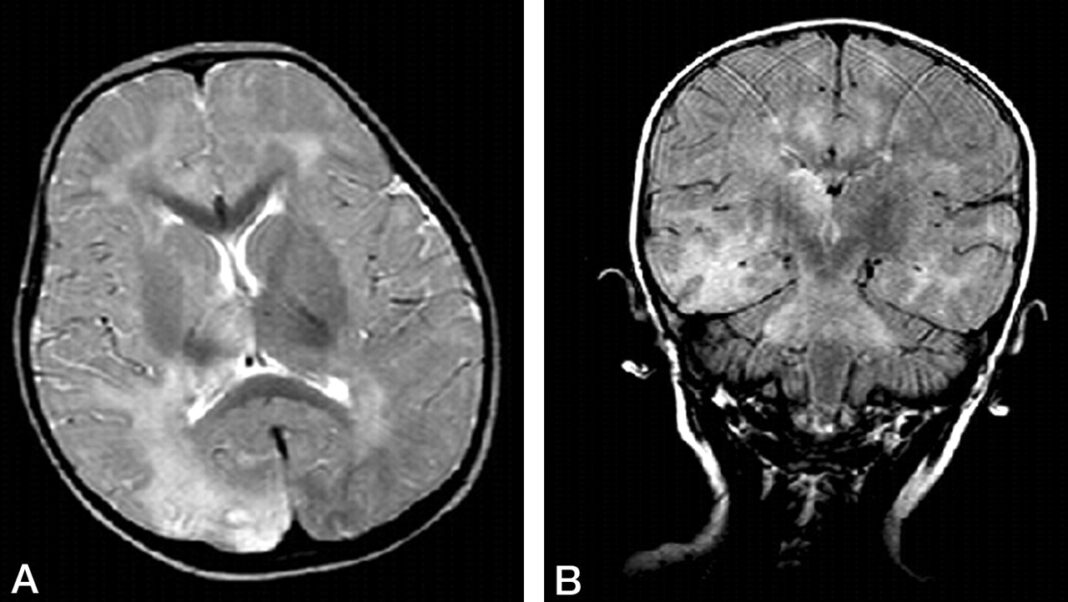“WE do not wish to see our children suffer every single minute of the day. They are in pain, unable to move or speak, while we, as parents, are forced to watch them die slowly. If the government cannot help us save them, then at least give us the right to end our pain through euthanasia,” was written a week ago by Mahadu Belkar, the father of 15-year-old Tanesh Belkar, one of the 67 children across the state suffering from Subacute Sclerosing Panencephalitis (SSPE)—a rare but devastating neurological disorder linked to the measles virus, as reported by Mid Day.
Just few days ago, seven-year-old Ovi Puri succumbed to SSPE despite her parents spending over Rs 30 lakh in treatment. She is the latest victim in a growing list of children suffering from this incurable condition. The crisis is worsening – cases are being reported among children as young as six months to young adults up to 24 years old.
What Is SSPE?

To understand this rare disease, we spoke to Dr. Ankita Bhandari, Pediatrician and Neonatologist at Nulife Hospital.
“SSPE is a progressive neurological disorder of children and young adults that affects the central nervous system (CNS), caused by a persistent infection of the brain with a mutated measles virus,” explains Dr. Bhandari. “This typically occurs years after a child suffers from measles—often before the age of two.”
How SSPE Develops
Following measles infection, the virus can remain dormant in the brain for 6 to 10 years. In rare cases, it reactivates, leading to inflammation and destruction of brain tissue. Early symptoms include behavioural changes, poor academic performance, or forgetfulness, which gradually progress to seizures, muscle spasms, blindness, and coma.
Diagnosis and Treatment
SSPE is diagnosed using a combination of clinical signs, EEG (which shows characteristic brain wave patterns), MRI scans, and cerebrospinal fluid analysis for measles antibodies.
Currently, there is no known cure. While antiviral and immunomodulatory treatments may slow the disease in some cases, the overall prognosis remains poor. Most children diagnosed with SSPE do not survive beyond a few years.
Prevention Is the Only Cure
“The only way to prevent SSPE is by preventing measles through timely vaccination,” stresses Dr. Bhandari. “The MMR (Measles, Mumps, Rubella) vaccine is safe, effective, and essential.”
As pediatricians, we urge parents to understand the importance of routine immunization. SSPE is a preventable tragedy. Protect your child—vaccinate on time, every time.
Authority Response

Prakash Abitkar, Maharashtra’s Minister of Public Health and Family Welfare, acknowledged the growing distress of families:
“We understand the pain the parents are going through. SSPE is a heartbreaking disease. Unfortunately, there is no cure anywhere in the world yet. But until we reach that point, I urge parents not to panic. Cooperate with health authorities, and most importantly, continue to care for your children.”
Despite being rare in developed nations—fewer than 10 SSPE cases are reported annually in the United States—the disorder continues to haunt many families in countries like India, where gaps in immunization coverage remain. Studies show that countries with widespread measles vaccination have seen SSPE incidence decline by over 90%.




